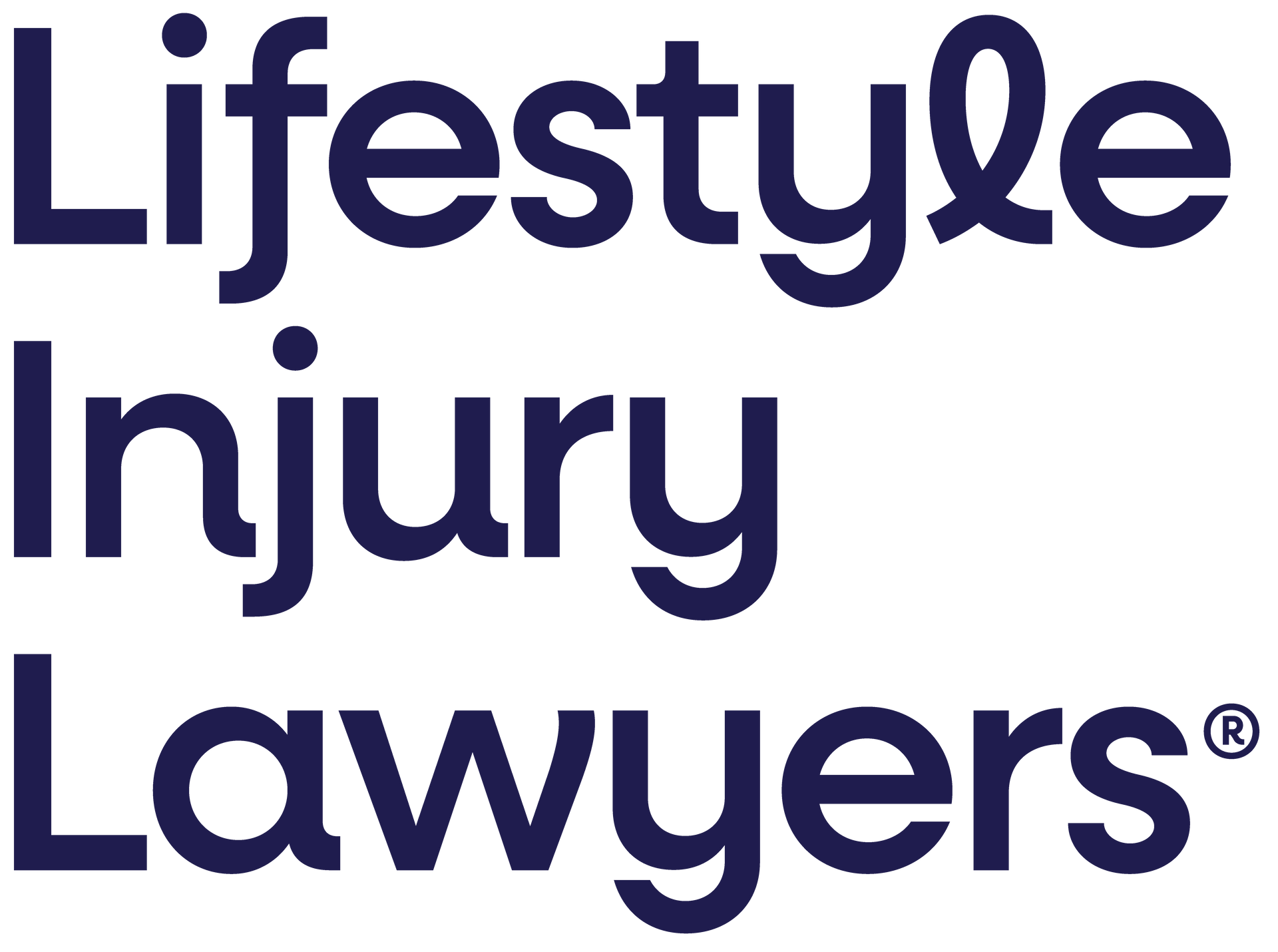I Was a Victim of Institutional Abuse – Can I Make a Claim Even If It Happened Decades Ago
Can I File a Claim for Historical Institutional Abuse If It Happened Decades Ago?
The final report of the Royal Commission into Institutional Responses to Child Sex Abuse, handed down in 2017, changed the options for survivors of child sexual abuse to seek compensation for pain and suffering they have suffered as a result of that abuse.
For survivors of institutional abuse, the effects can last the rest of their lives. Commonly, they will experience depression, anxiety and in the worst cases, take their own lives. Many do not report or confront what happened to them until many, many years after the events.
As was revealed at the Royal Commission, some of the institutions in which childhood abuse occurred included churches, state-run homes for boys and girls, foster homes, detention centres, schools, privately-run institutions and well-known organisations such as the YMCA, Surf Life Saving and the Scouts.
The findings of the Royal Commission also changed the circumstances in which abuse survivors could pursue a common law compensation claim against individuals or institutions responsible for either perpetrating or facilitating the incidents.
Specifically, statutes of limitations or legislated time limits on making a claim were abolished across Australian jurisdictions, allowing historical cases of abuse to be heard by the courts. In some jurisdictions, even earlier settlements of claims could be re-litigated.
Another key outcome of the Royal Commission was the introduction of a single National Redress Scheme, established on 1 July 2018, which we’ll provide more detail on in this post.
Whether you need more information on the National Redress Scheme or a common law claim for compensation for historical abuse, speak with
Lifestyle Injury Lawyers. We are experts in this specialist area of compensation.
Making a common law compensation claim
A claim for damages for institutional abuse through the courts will not be able to compensate an abused person for the psychological damage caused to them but it can provide a monetary amount to try and alleviate:
- Pain and suffering experienced as a result of the abuse;
- any costs of treatment incurred in seeking physical and psychological recovery from the abuse, including any future costs;
- an apology from the institution or organisation which facilitated the abuse.
A compassionate and experienced legal professional will help a person pursuing a historical institutional abuse claim by asking them several important questions at an initial meeting.
As best as possible the details of what happened must be uncovered. Who perpetrated the abuse? Are they still alive? Did the institution or organisation facilitate the abuse through any acts or omissions? Is it possible to detail the timeframe over which the abuse occurred?
A lawyer who specialises in this area will do all they can to collate evidence relating to the abuse, including contacting any witnesses, sourcing documents and facilitating medical reports about the injury the survivor has suffered.
The claim will also need to be made against an organisation or institution that is still in existence.
Finally, there will need to be evidence of the impact or effect of the abuse on the claimant’s life. This might be demonstrated through a clinical diagnosis of depression, or evidence of drug or alcohol abuse, for example.
The National Redress Scheme
The National Redress Scheme can provide abuse survivors with access to counselling, a redress payment and direct personal response (such as an apology).
There are eligibility criteria an abuse survivor must meet to make an application. These include:
- that you experienced sexual abuse when you were a child (under 18 years of age) and the abuse happened before 1 July 2018;
- an institution was responsible for bringing you into contact with the person who abused you;
- you were born before 30 June 2010;
- at the time you apply, you are an Australian citizen or a permanent resident.
Many organisations where historic abuse allegations have been made have joined the National Redress Scheme but if an application relates to an institution that hasn’t joined the NRS, the application may be processed differently. This is also the case for any applicants who are under 18 years of age, have ever been sentenced to more than five years in jail, or have received payments under some other redress scheme for the abuse they’ve suffered.
Redress payments are capped at $150,000. It should be noted that common law compensation claims will generally provide a much higher amount if successful.
Expert legal advice can give someone who has experienced abuse guidance and advice on whether the scheme is the best option for them.
The need for legal advice
The usual time limit of three years from the date of the incident applying to compensation claims no longer applies to claims for institutional abuse, although in Queensland and Western Australia, this only applies to claims relating to ‘childhood sexual abuse’.
Despite the removal of time limits for bringing a compensation claim, an institution accused of neglecting its duty of care in facilitating or ignoring abuse may argue in court that a claim should not succeed because the alleged events occurred too long ago and there is not enough evidence remaining for the court to be able to assess the claim.
will guide you in this event and advise you on your options, including potentially negotiating a settlement with the institution or organisation without the need to go to court.
Call us compensation lawyers today for an initial case appraisal.





